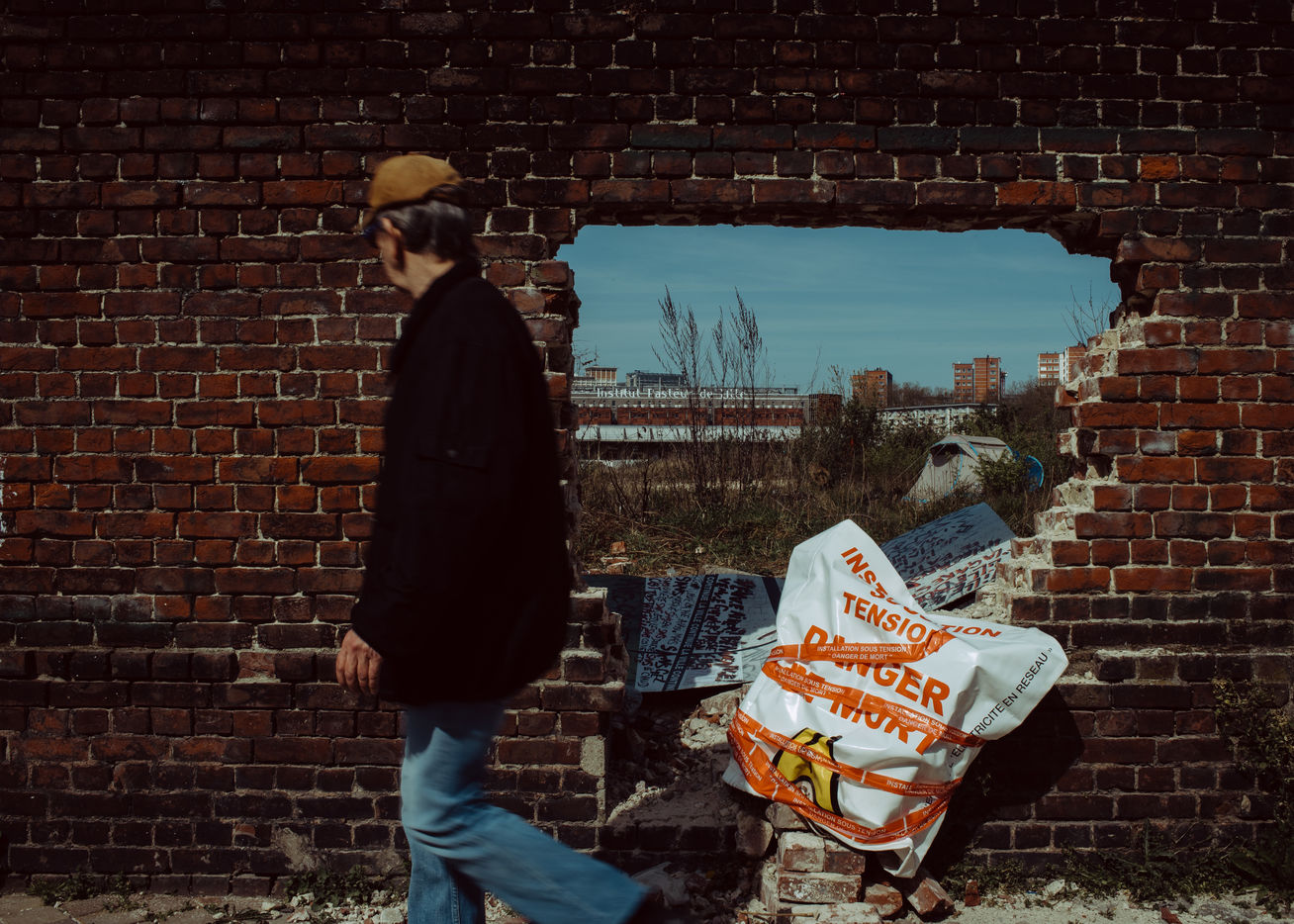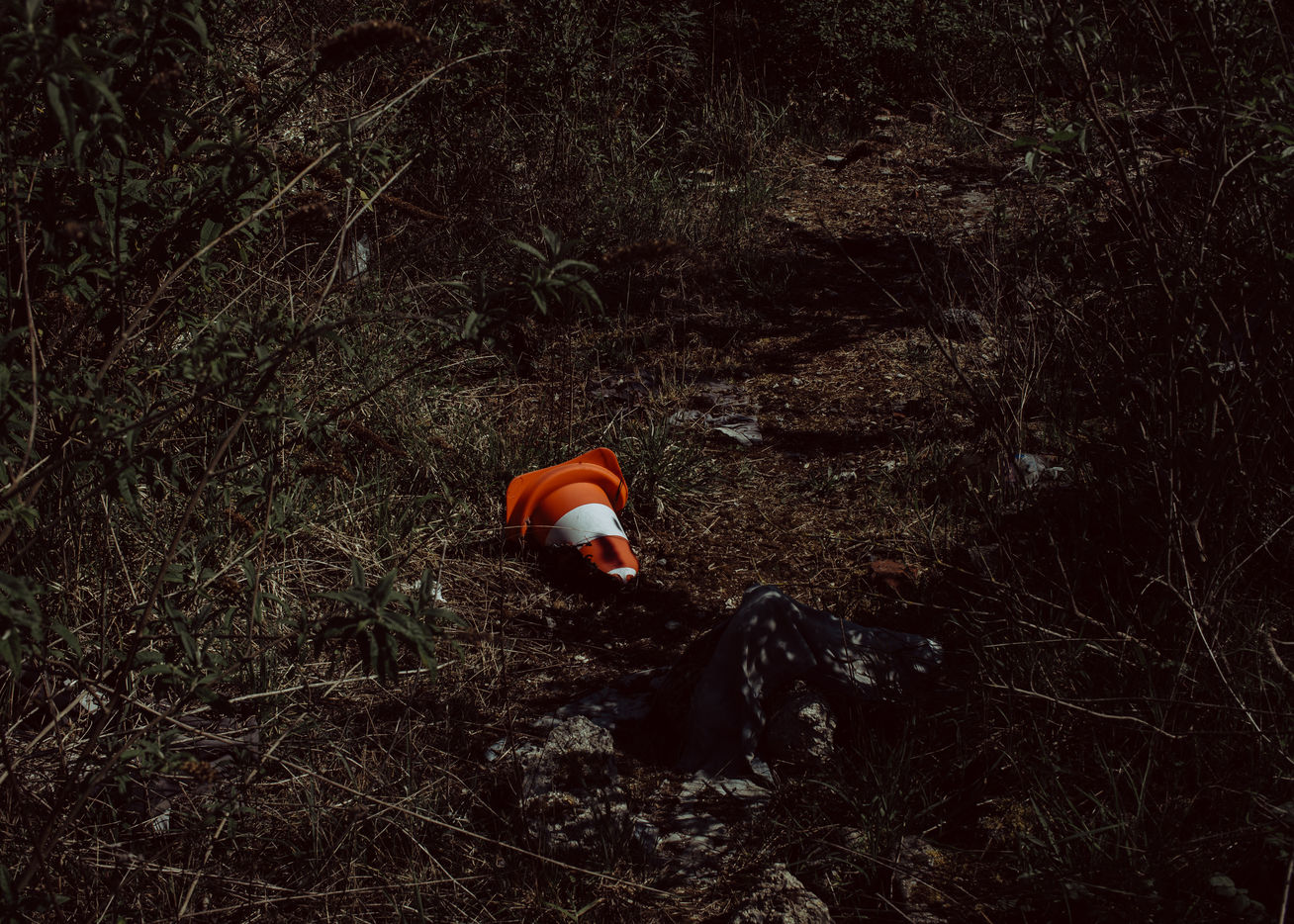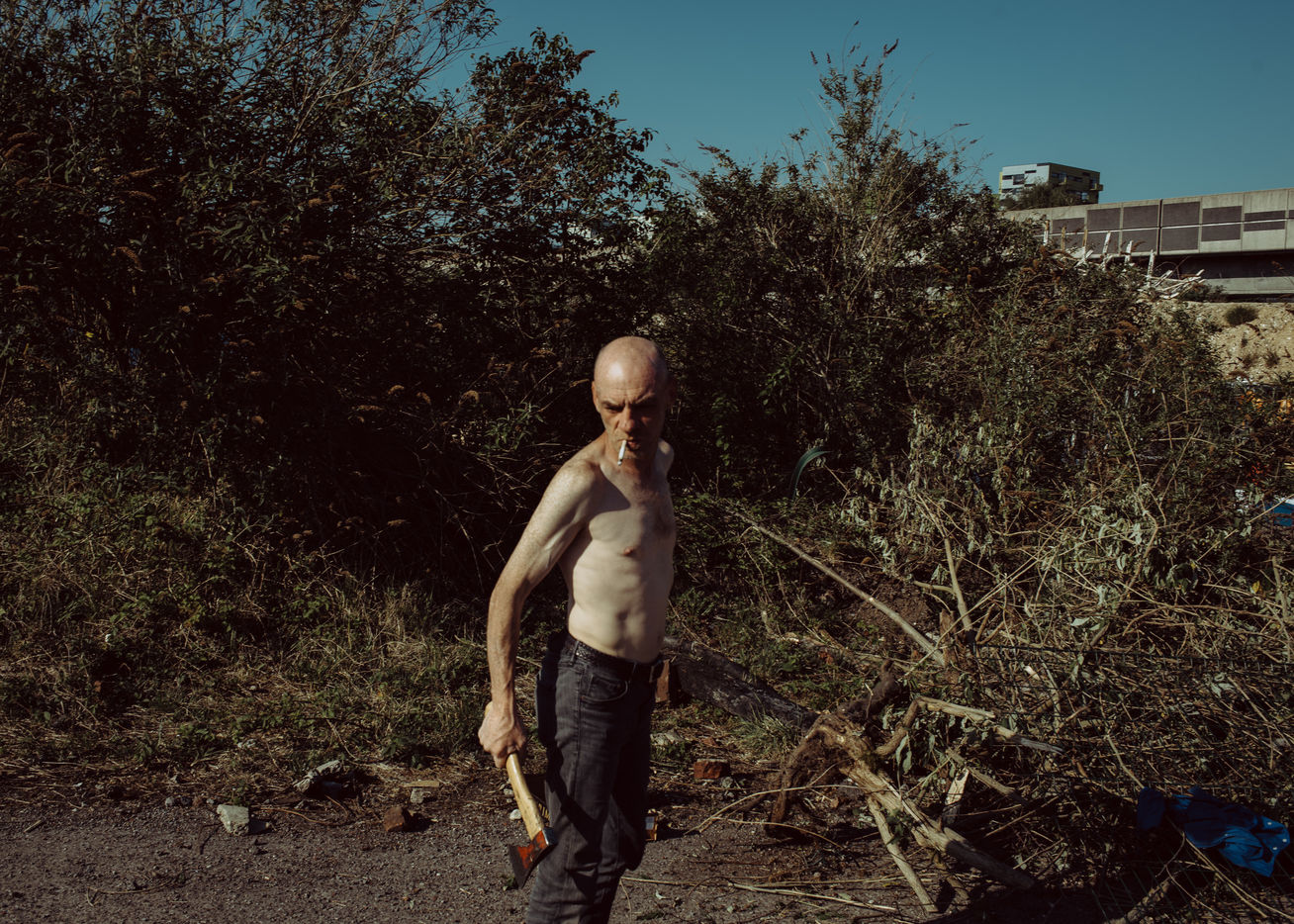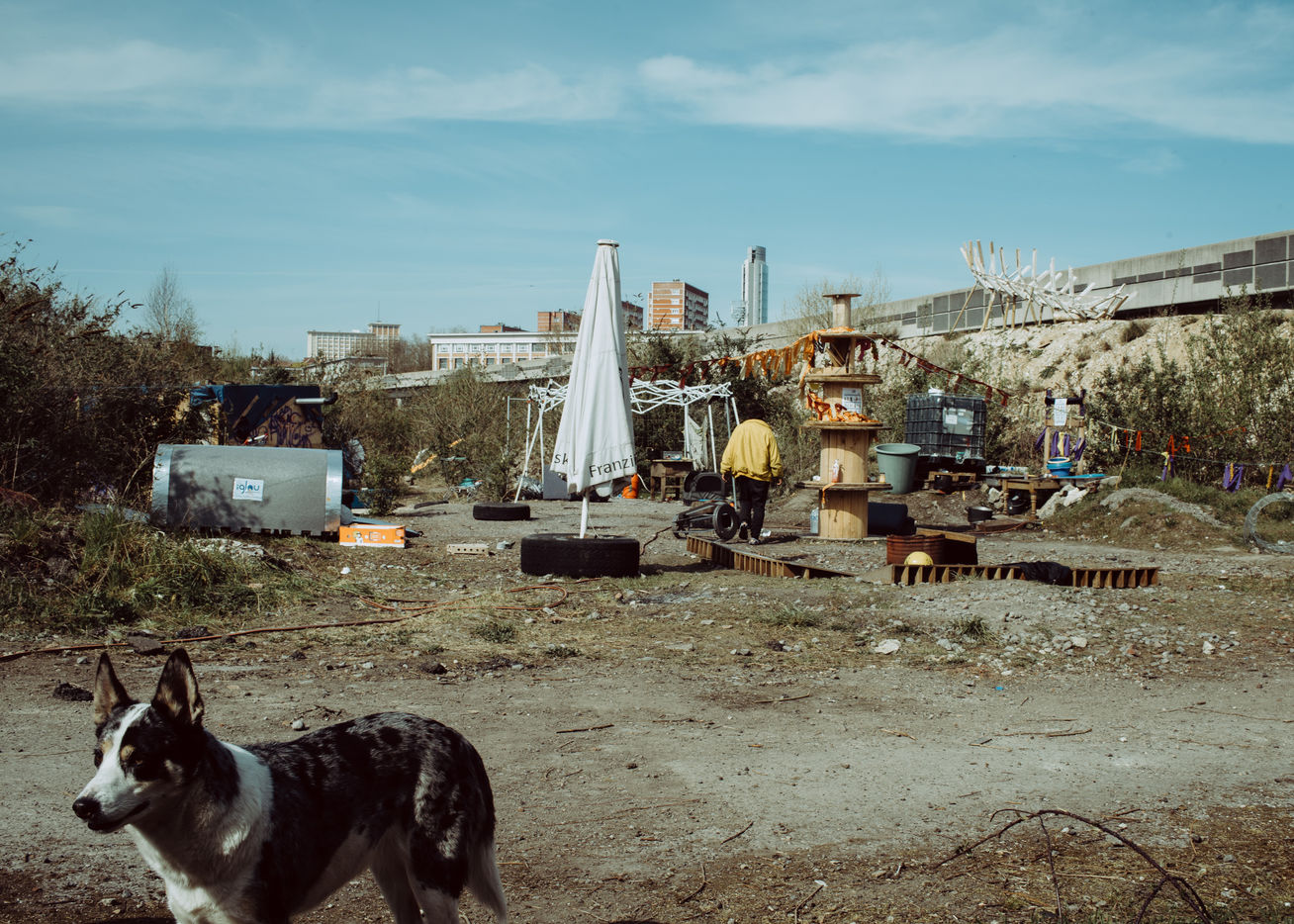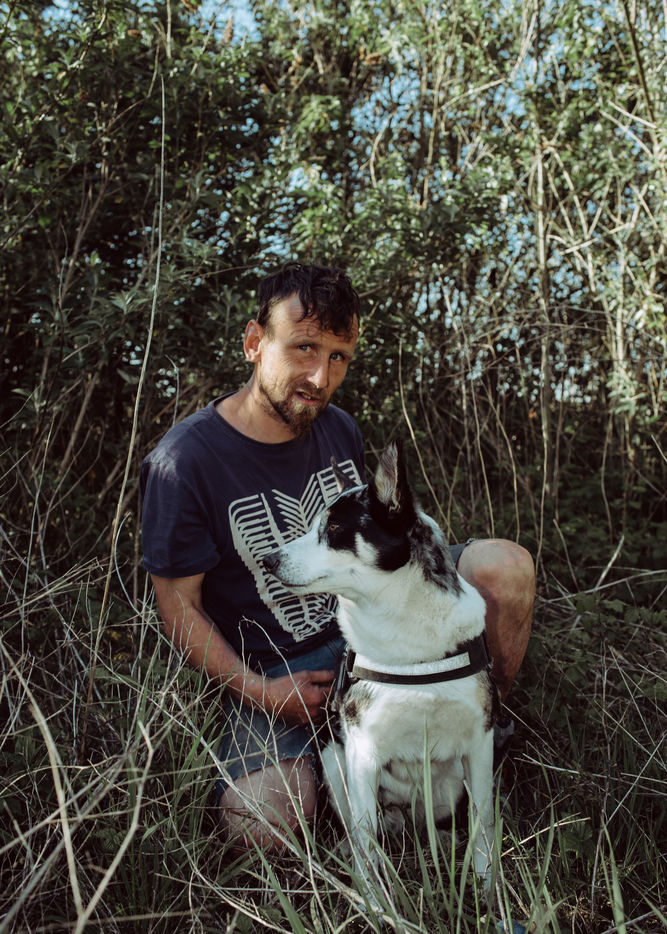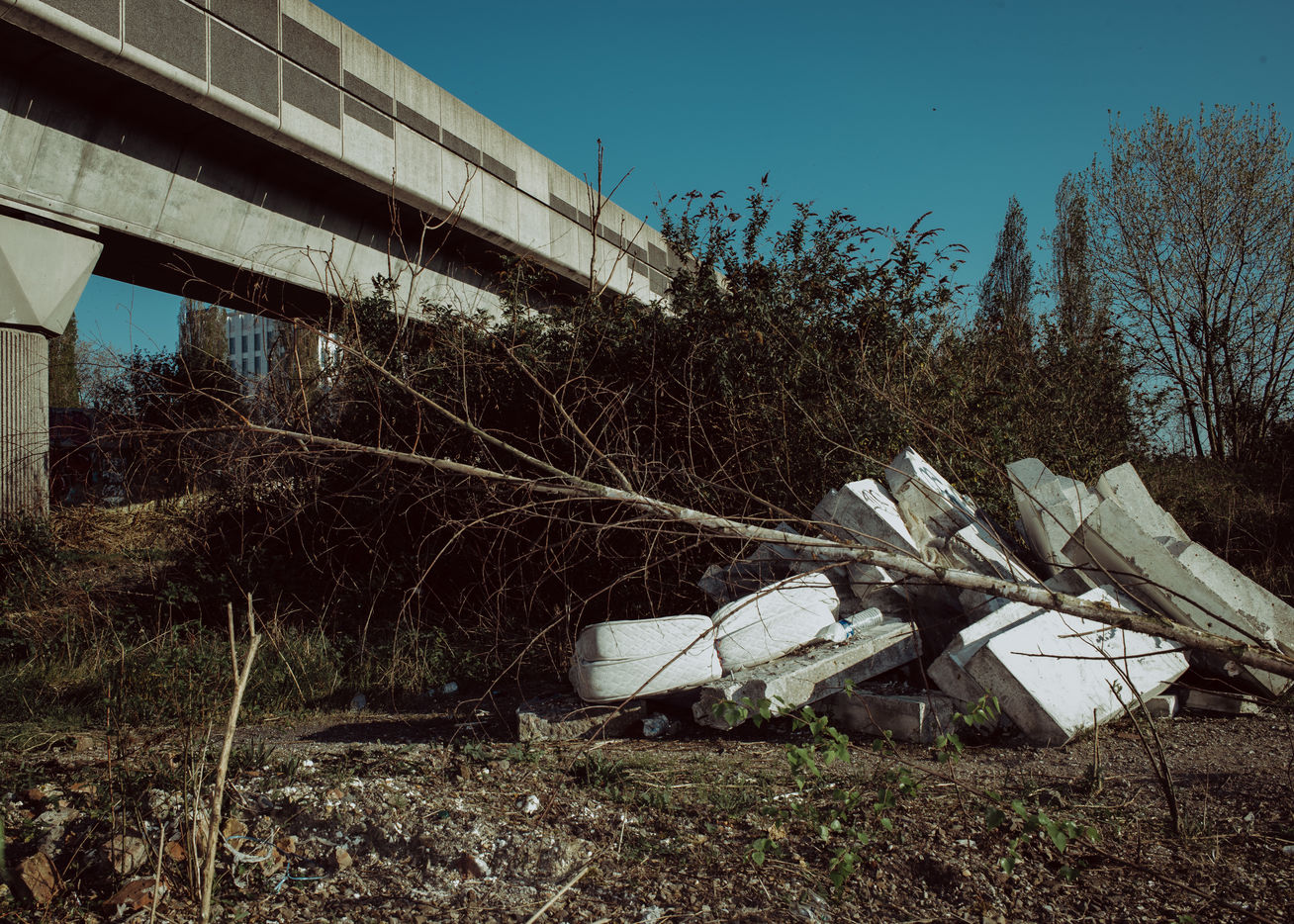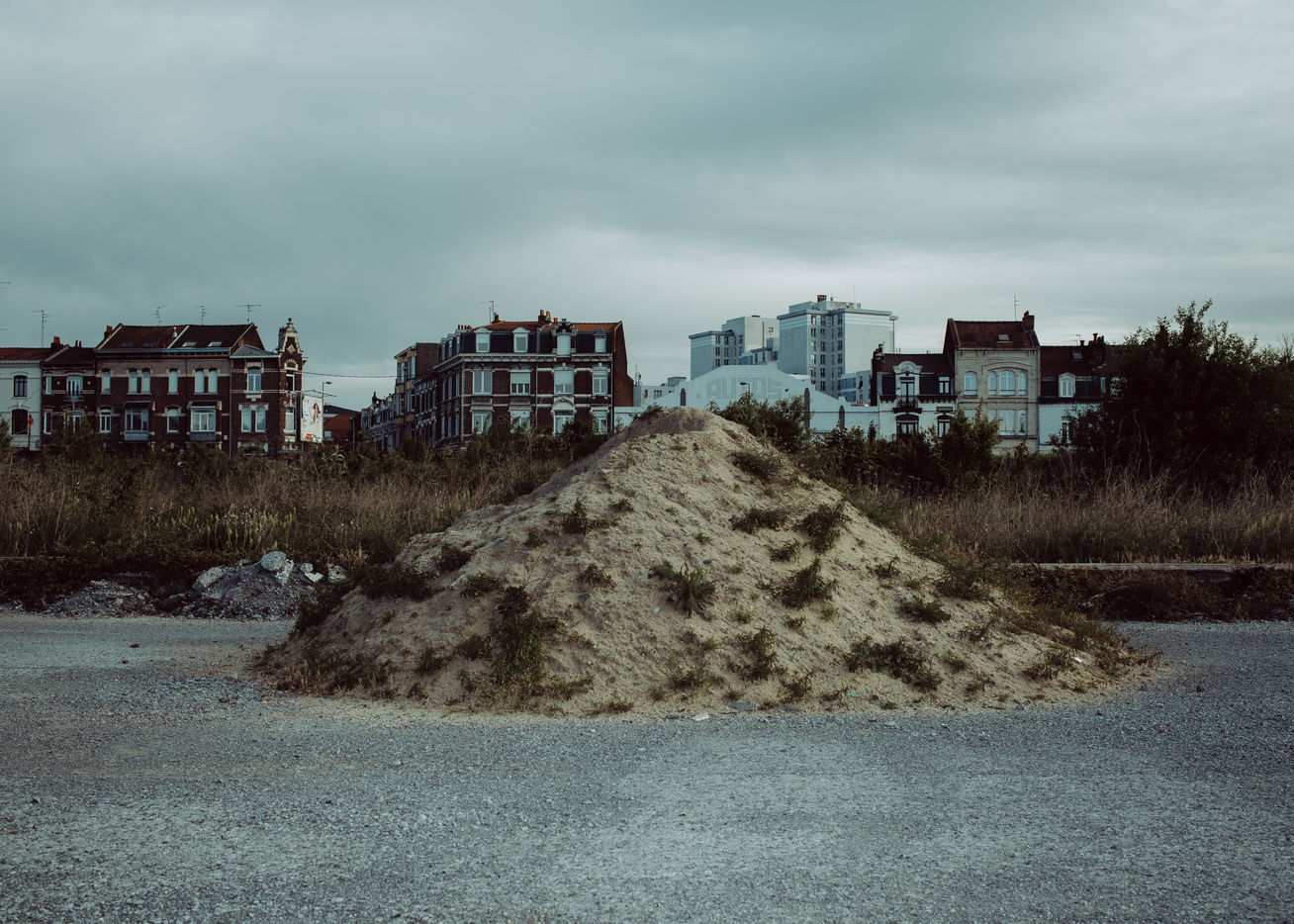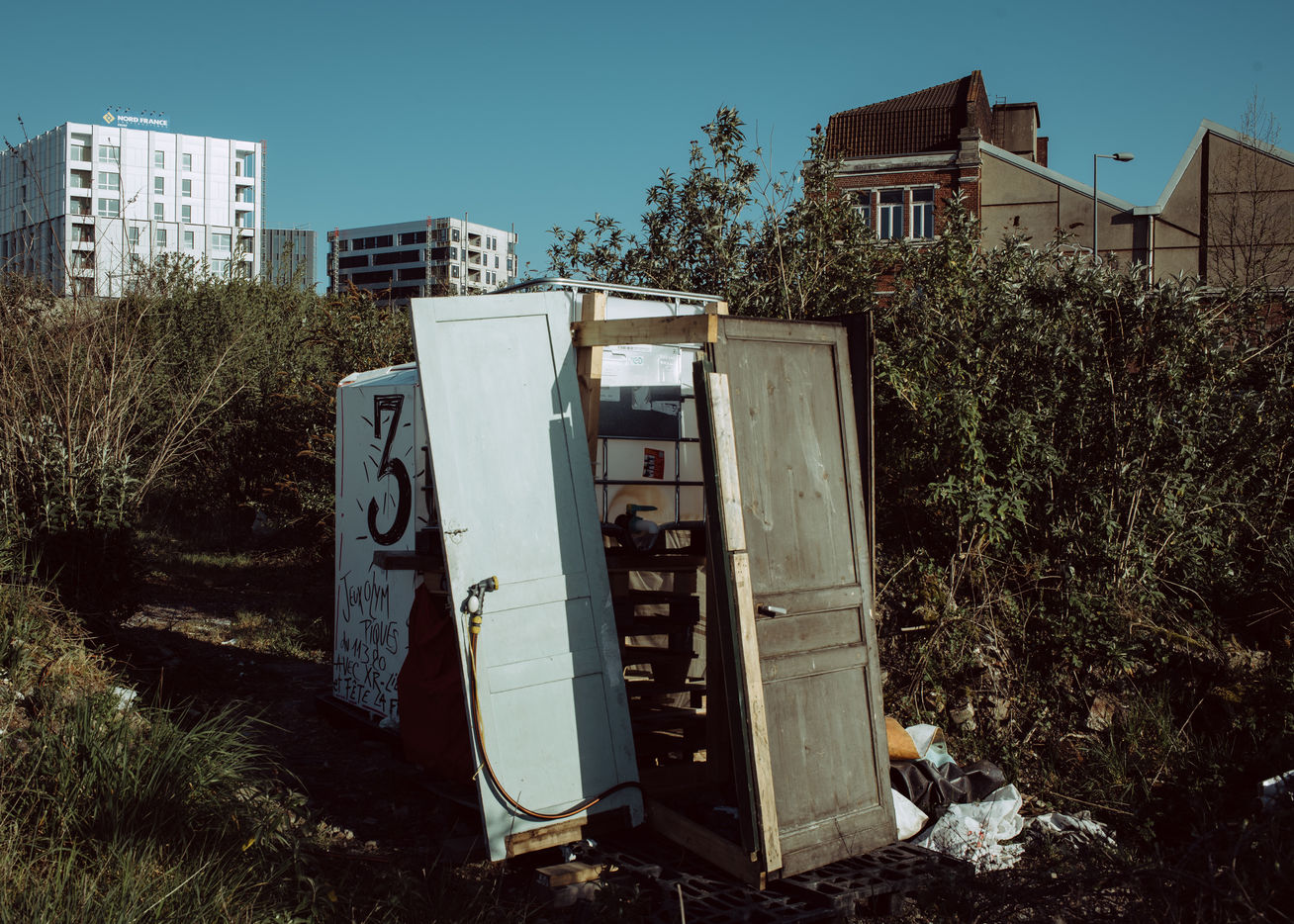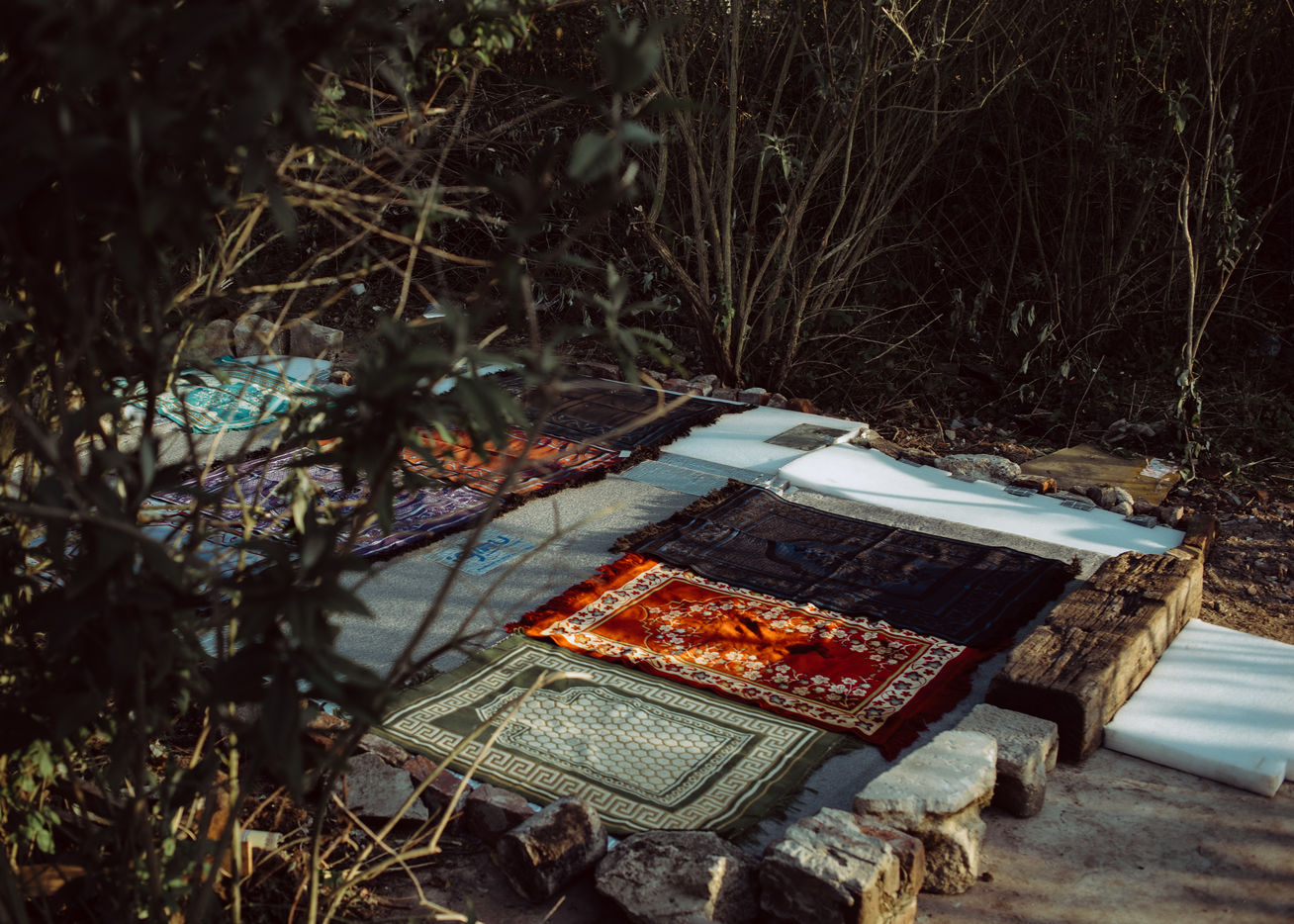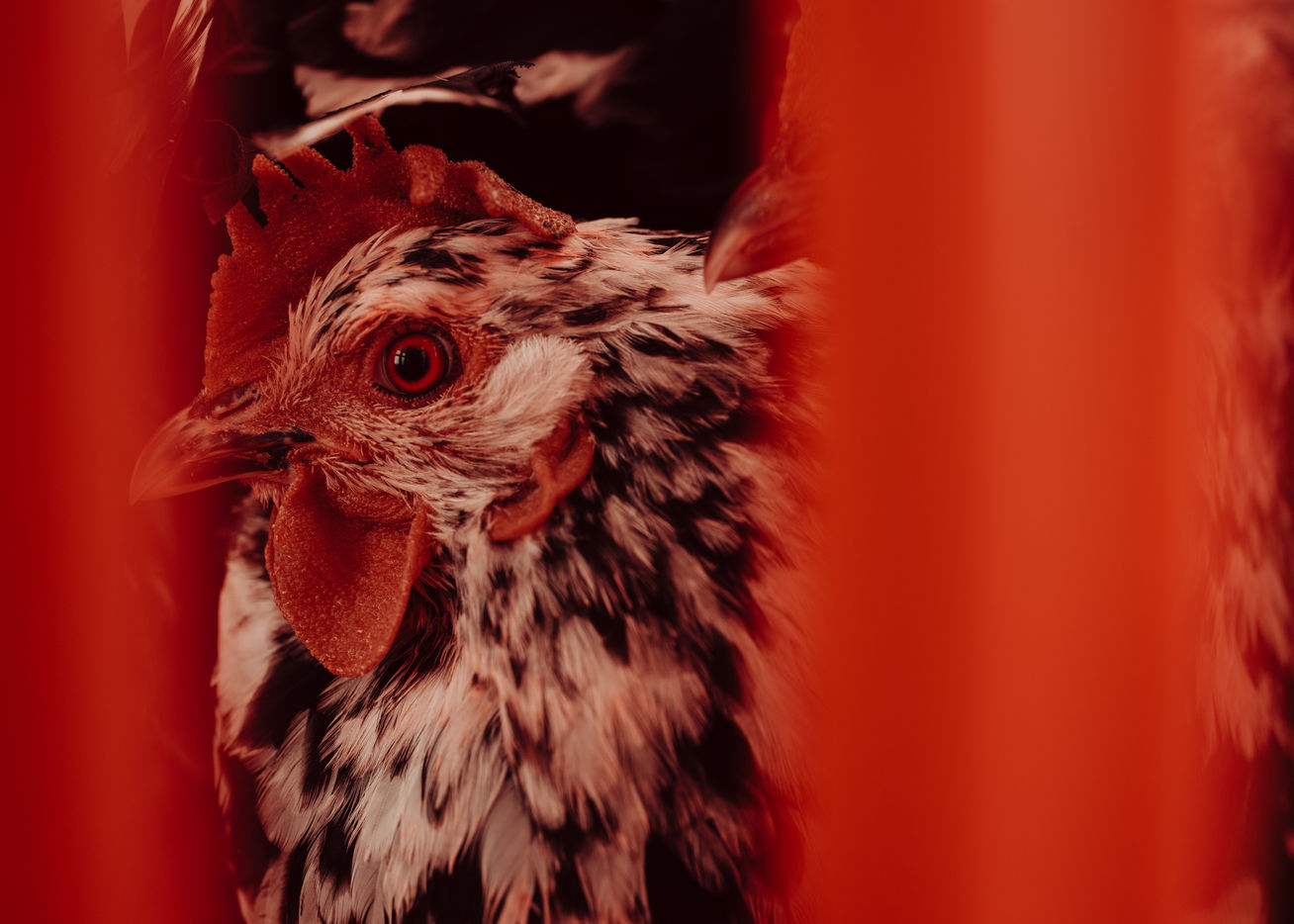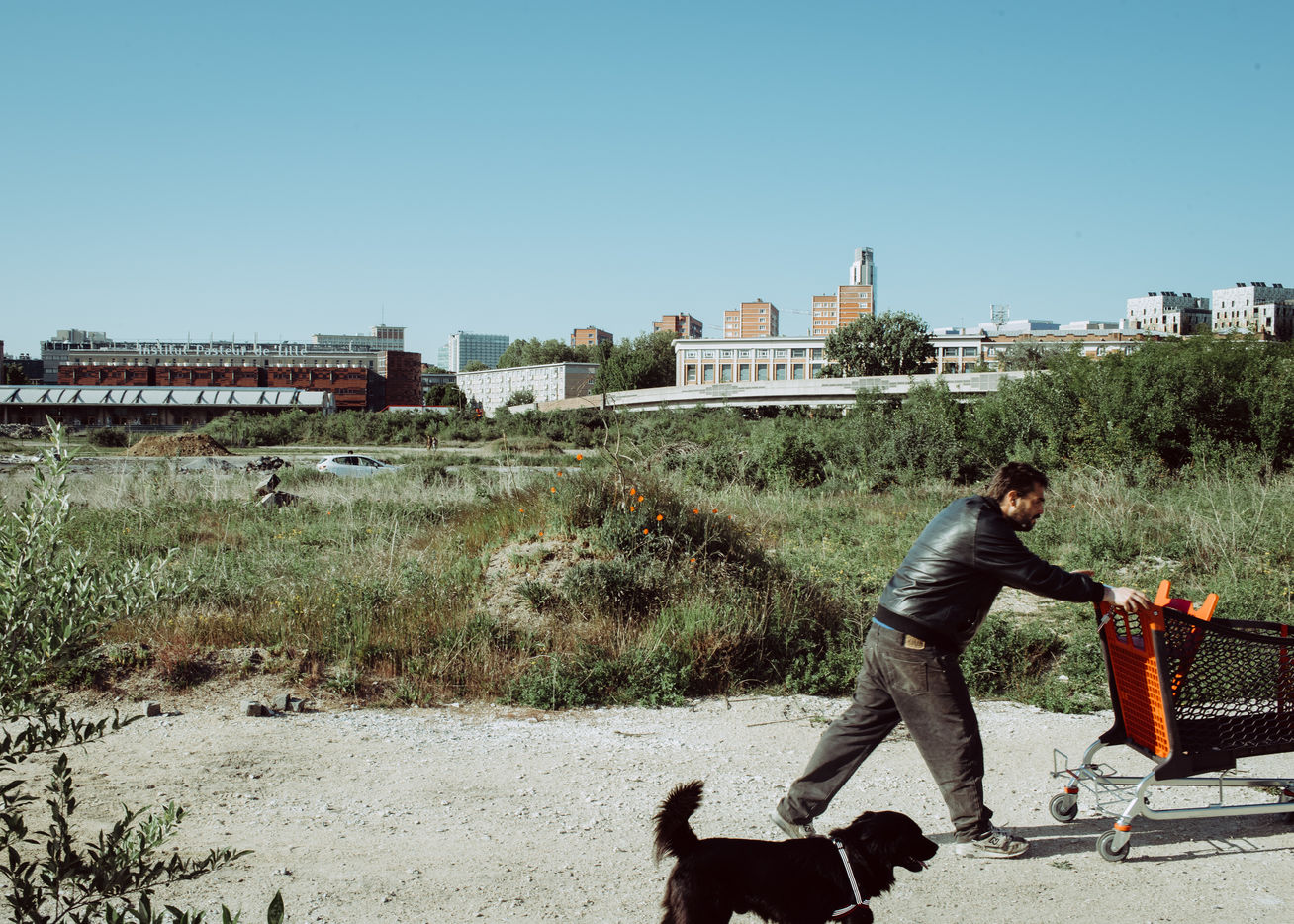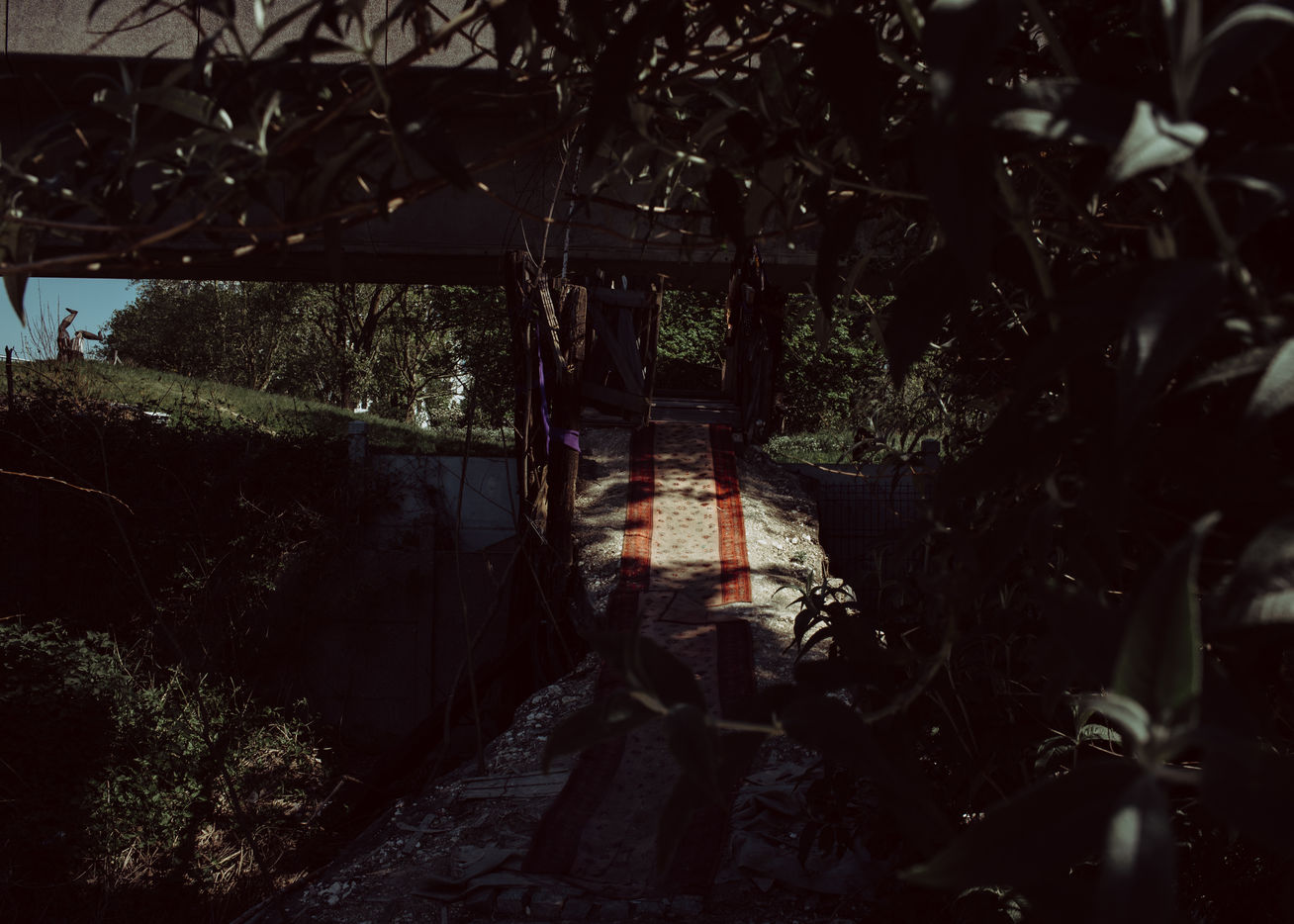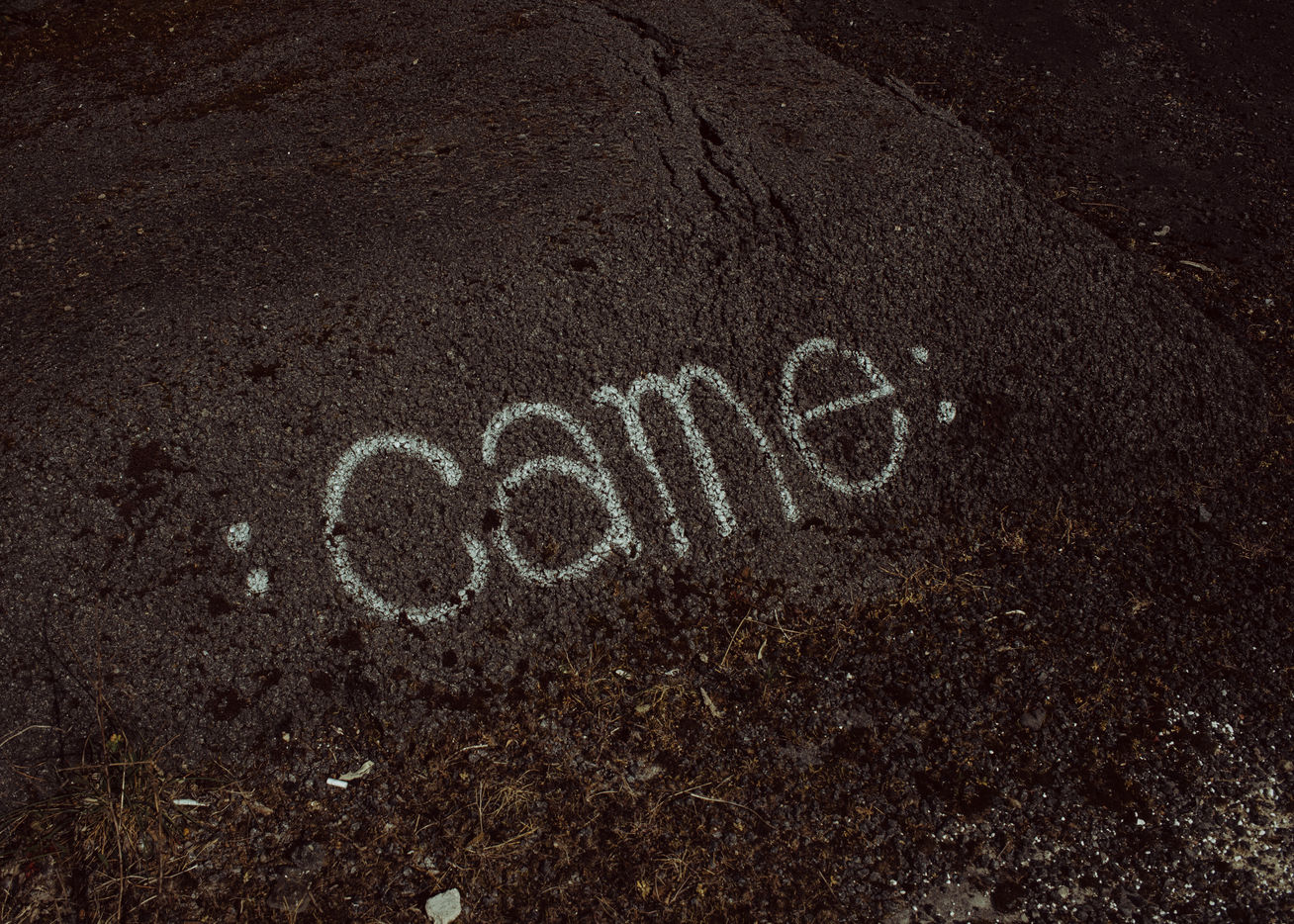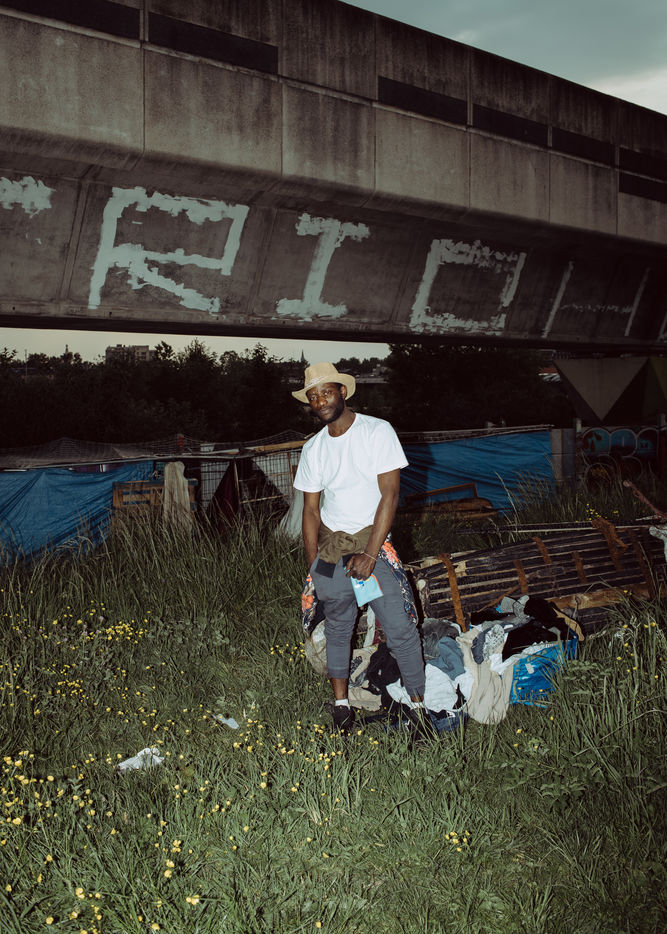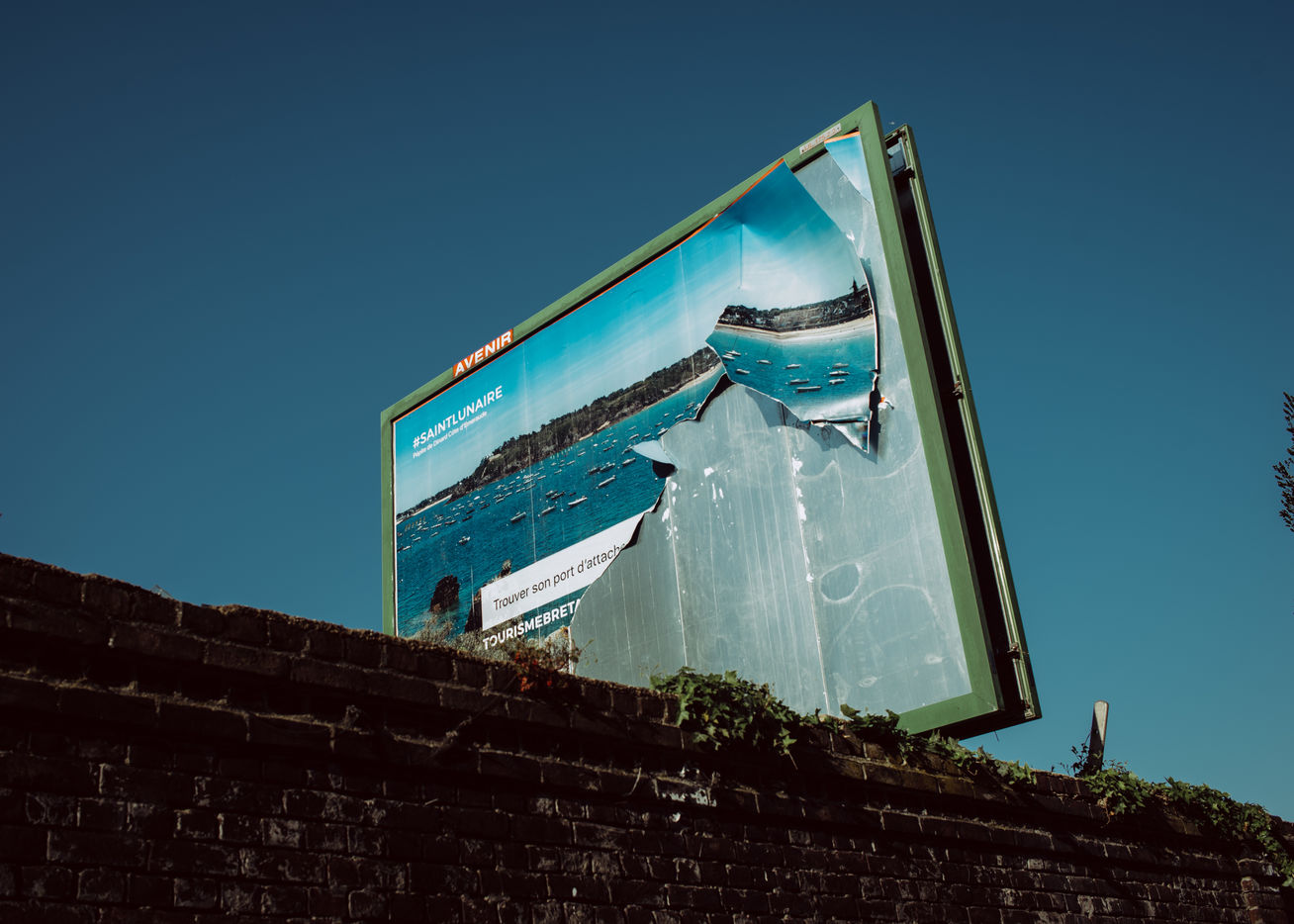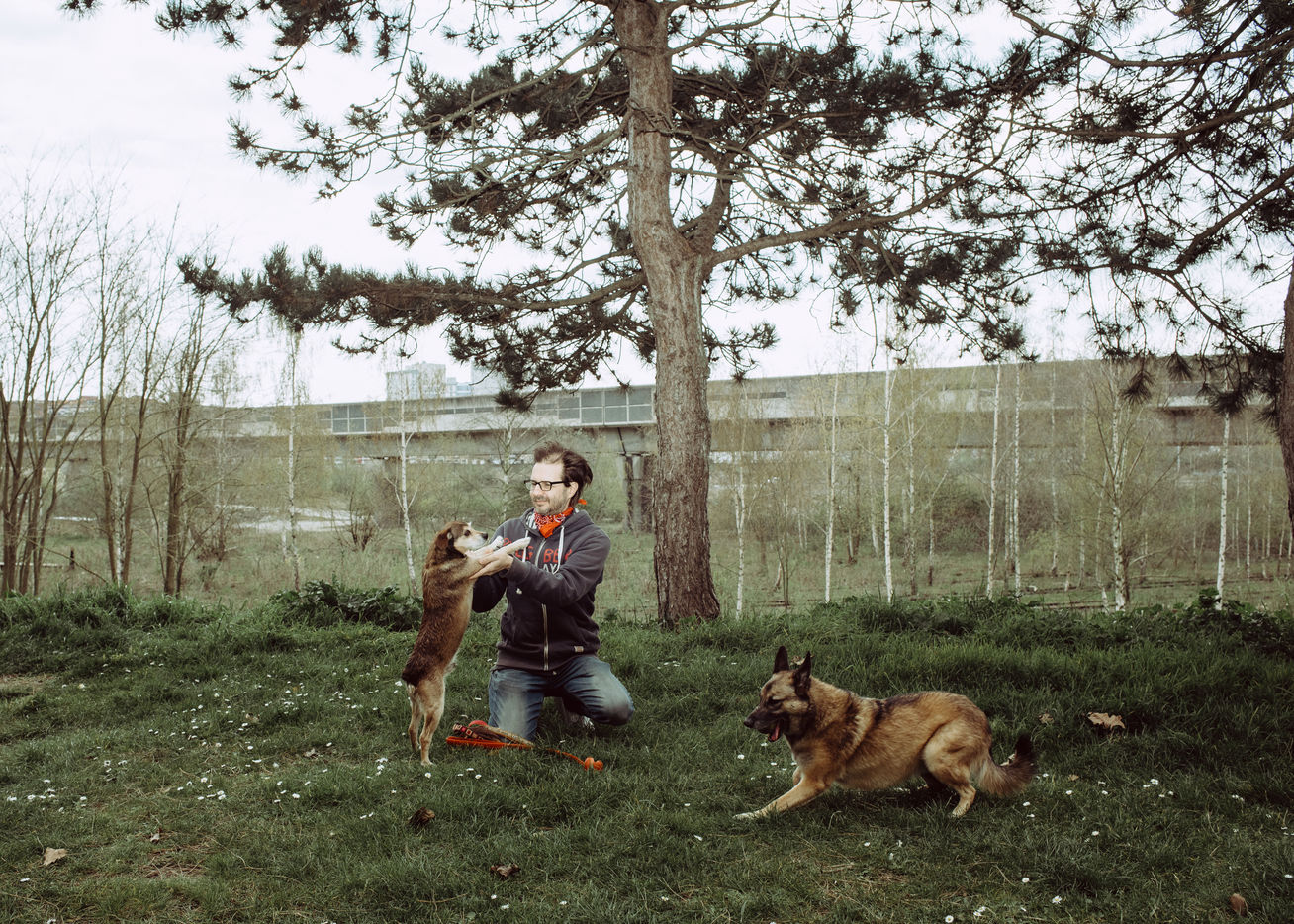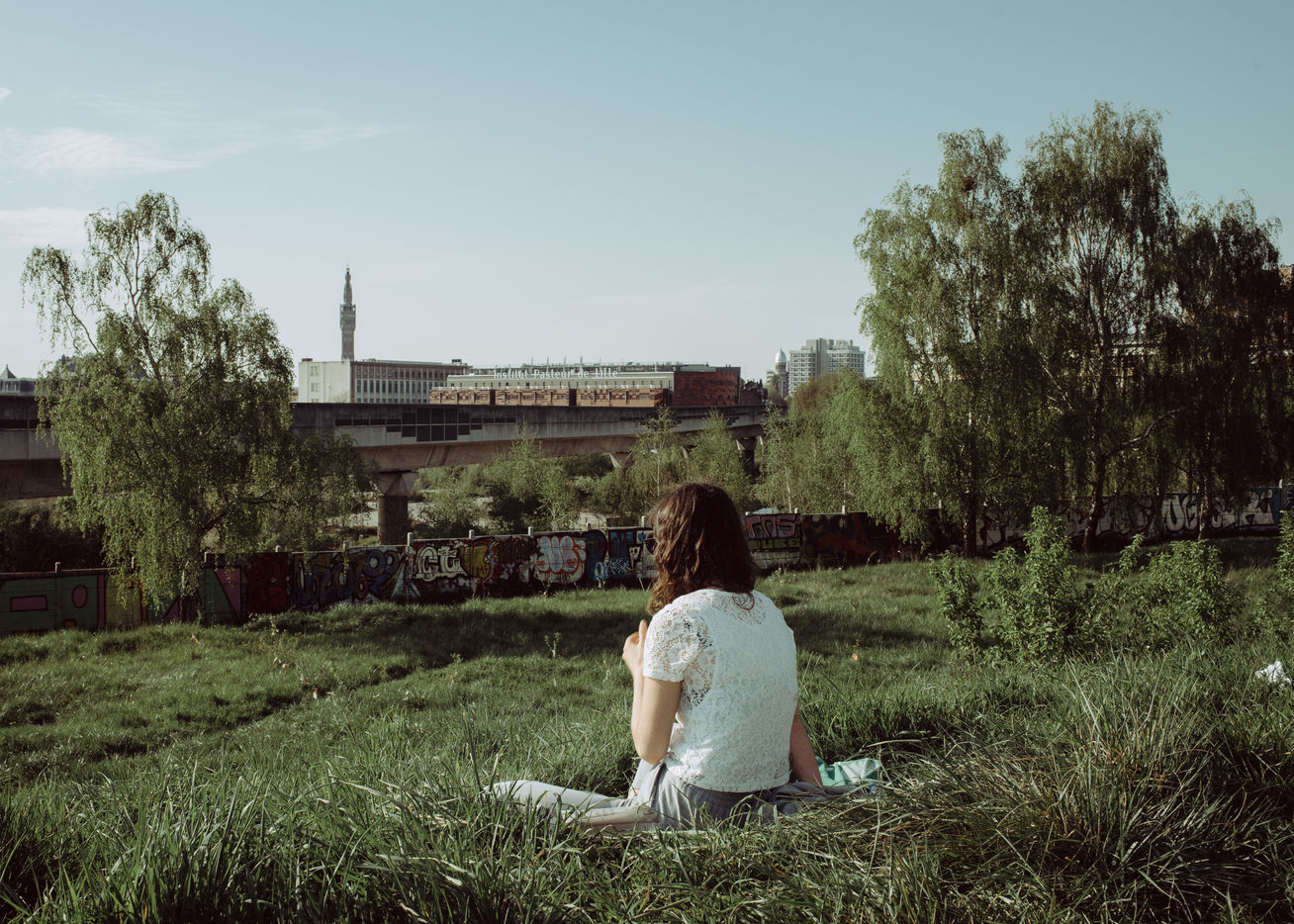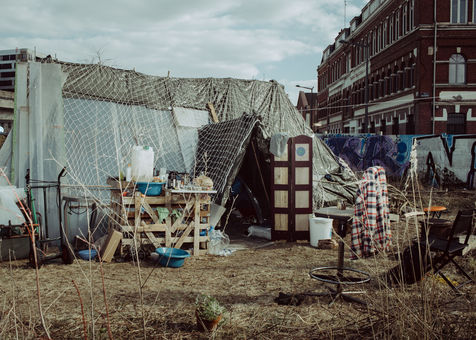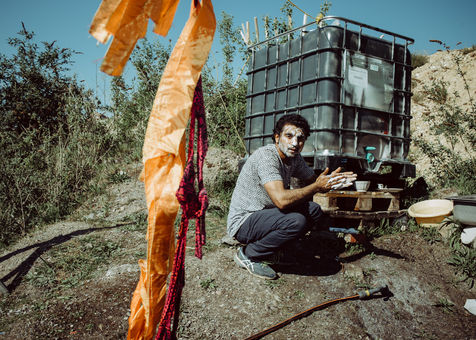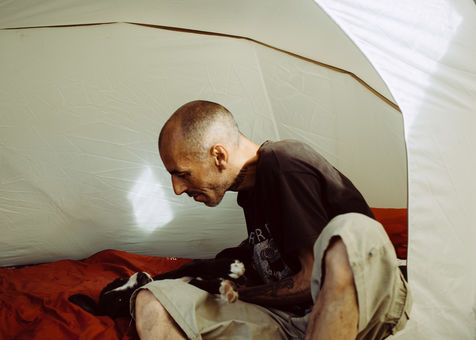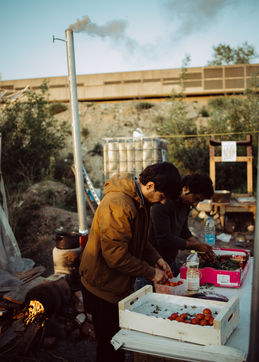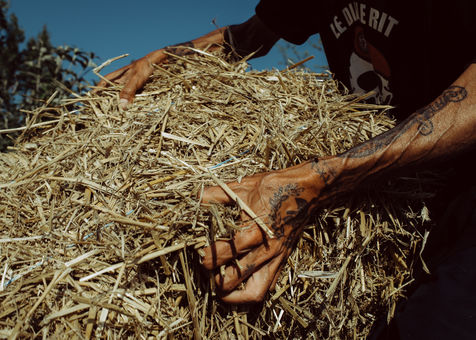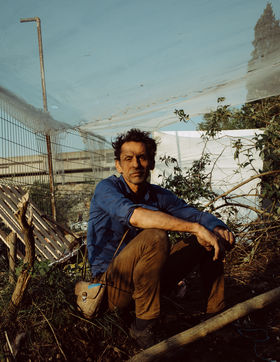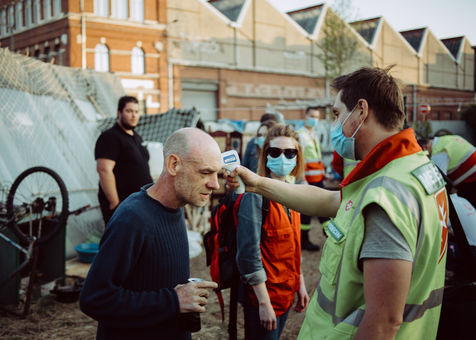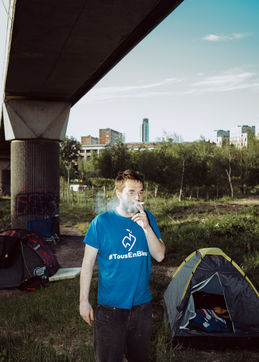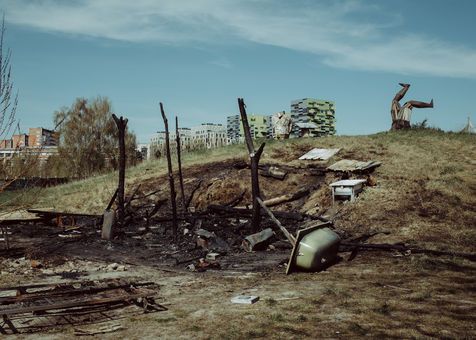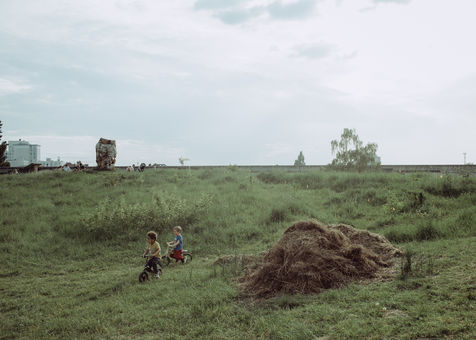Il était une friche
De ma fenêtre je vois un mur, de l'autre côté il y a la friche Saint-Sauveur, un espace de 23 hectares sur lequel était située l'ancienne gare de marchandises fermée en 2003. Située au coeur de Lille, elle est depuis de nombreuses années au coeur d'un débat houleux. Certains voudraient qu'elle devienne un espace à tous et pour tous. Ils l'ont d'ailleurs érigée en ZAP (zone à protéger). D'autres voudraient qu'elle devienne « un nouveau quartier durable, socialement mixte et attractif, répondant à une demande persistante de logements tout en préservant l'environnement », du moins c'est ce qui est écrit sur le papier.
De ma fenêtre, je vois surtout que depuis le début du confinement, la friche est animée. Au milieu des gravas et de la végétation, j'aperçois des hommes.
Du côté de la rue de Cambrai, un trou a été percé dans une bréche a été ouverte pour acheminer des vivres et du matériel.
Ici, plus d'une trentaine de sans-papiers et sans-abris dorment, vivent ou survivent tant bien que mal, sans eau ni électricité, avec beaucoup d'imagination, de débrouille et l'aide de plusieurs voisins et associations. Tous ne défendent pas les mêmes causes et n'ont pas la même vision du lieu. Cependant, les circonstances exceptionnelles du confinement les amènent à se rencontrer et à essayer de travailler ensemble.
De l'autre côté de la ligne de métro, frontière imaginaire, quelques consommateurs de drogue dur avaient trouvé refuge dans un cabanon qui a pris feu dans des circonstances troubles. Un nouvel abris a été aménagé pour eux afin de les tenir à distance du camp principal, ce qui n'est pas toujours évident. C'est également de ce côté que certains viennent entretenir de petits jardins collectifs, se détendre, promener les chiens, ou bien se retrouver sur le belvédère qui domine Lille et offre une vue imprenable sur l'Institut Pasteur. Certains sont des habitués, parfois des militants, d'autres découvrent le lieu du fait de la fermeture des parcs liée à la pandémie.
Nul ne sait ce que la friche deviendra. Cependant, à l'heure où les citadins découvrent ce qu'est une ville sans parc là où il y en a déjà peu (12,03 m 2 d'espace vert par habitant à Lille), dans un contexte d'urgence sanitaire, sociale et climatique nécessitant de repenser notre urbanisme, ce lieu interroge.
Once upon a wasteland
From my window I can see a wall, on the other side is the Saint-Sauveur wasteland, a 23-hectare area on which the former freight station closed in 2003. Located in the heart of Lille, it has been for many years at the heart of a heated debate. Some would like it to become a space for everyone and for everyone. They have erected it as a ZAP (zone to be protected). Others would like it to become "a new sustainable, socially mixed and attractive neighborhood, responding to a persistent demand for housing while preserving the environment," at least that's what it says on paper.
From my window, I can see above all that since the beginning of the confinement, the wasteland has been lively. In the middle of the rubble and vegetation, I see men.
On the side of the rue de Cambrai, a breach has been opened to transport food and equipment.
Here, more than thirty undocumented and homeless people are sleeping, living or surviving as best they can, without water or electricity, with a lot of imagination, resourcefulness and the help of several neighbors and associations. They do not all defend the same causes and do not all have the same vision of the place. However, the exceptional circumstances of confinement lead them to meet and try to work together.
On the other side of the metro line, an imaginary frontier, a few hard drug users had found refuge in a shed that caught fire in troubled circumstances. A new shelter was set up for them to keep them away from the main camp, which is not always easy. It is also on this side that some come to maintain small gardens, to relax, to walk the dogs, or to find themselves on the belvedere which dominates Lille and offers a breathtaking view of the Pasteur Institute. Some are regulars, sometimes activists, others discover the place because of the closing of the parks due to the pandemic.
No one knows what the wasteland will become. However, at a time when city-dwellers are discovering what a city without parks is where there are already few, in a context of health, social and climatic emergencies requiring us to rethink our urban planning, this place is questioning.
